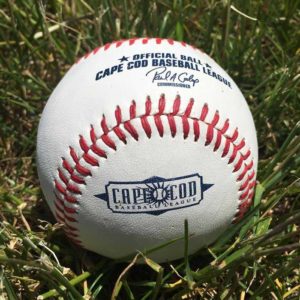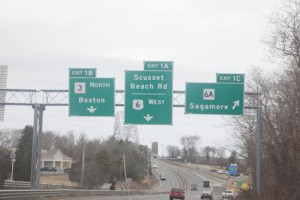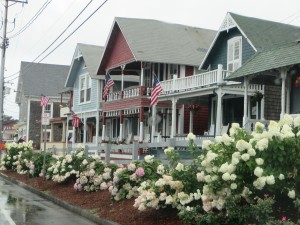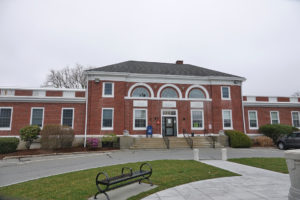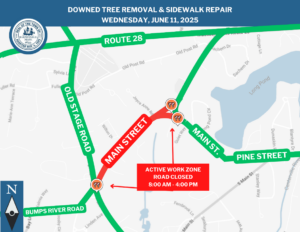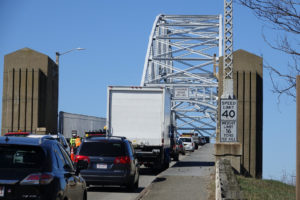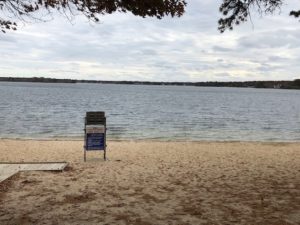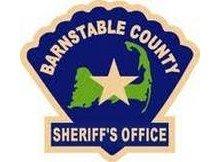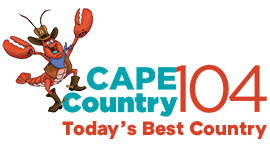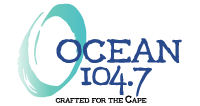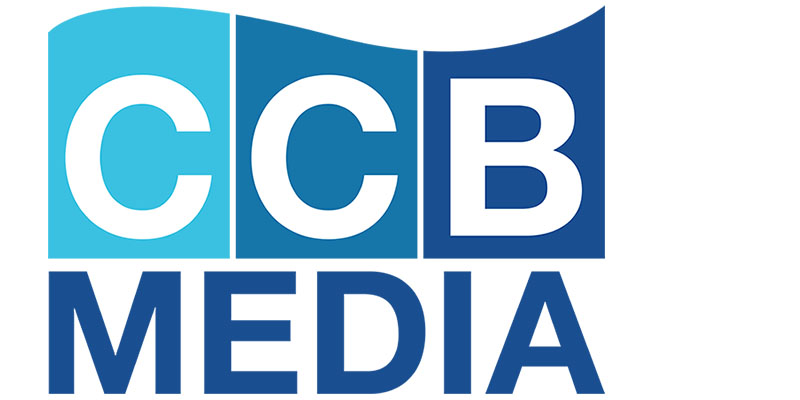The purpose of WHOI is to understand the ocean and its importance to Earth and humanity, explore the ocean and all its depth and complexity and educate scientists, students and the public. Susan Avery, WHOI’s president and director, says simply, WHOI’s purpose is to know the ocean.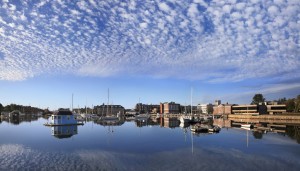
History of WHOI
Founded in 1930, WHOI has grown to have unparalleled expertise covering a wide range of oceanographic research topics. The research topics covered by WHOI range from ocean life and ocean chemistry to pollution and underwater archaeology.
These referenced topics for WHOI are only the tip of the iceberg regarding the number of research topics covered by the Institution. According to WHOI, almost 400 scientists and students work in six different research divisions and address a number of cross-disciplinary topics through various labs and centers, including four ocean institutes.
These four ocean institutes include the Coastal Ocean Institute (COI), Ocean Exploration Institute (OEI), Ocean and Climate Change Institute (OCCI) and the Ocean Life Institute (OLI.) According to WHOI, the institutes focus on researching key interdisciplinary matters and also provide in-house funding for scientists who are doing high-risk, high-reward types of queries.
Community driven projects and programs help promote scientific efforts and advance ocean research nationally and internationally. Many of the advances made by WHOI researchers end up used for both public and private use and have commercial value according to WHOI.
Woods Hole Oceanographic Institute describes itself on its website as being committed to making this technology available to potential partners. Not only are facilities available to potential researchers at WHOI itself but also to outside researchers as well.
Tools & Methods of WHOI
WHOI uses a selection of ships, underwater vessels and instruments to aid in ocean research. Whether it is in helping with the collection of research data or simply through exploring the ocean’s waters, technology has a major impact in the research performed and collected by WHOI. WHOI’s community currently numbers over 1,000, including all scientists, technical staff, support staff, ships’ crews and others as listed on WHOI’s website. WHOI works with large vessels to do major research operations and numerous smaller vessels for support worldwide. WHOI also has a fleet of underwater vehicles that have specialized jobs and excel at certain roles. Deploying and trying new technology is another aspect of WHOI, which with its vast knowledge and resources is able to take new ideas and successfully design new instruments, tools and or methods. Ocean observatories are large networks of vessels and instruments that assist WHOI in gathering more research. These observatories help lay the foundation of ocean science.
To ensure the future of ocean science, they offer graduate programs, postdoctoral programs, undergraduate programs and resources for K-12. Since 1986, WHOI has joined forces with MIT to create one of the premier marine science and engineering programs in the world. Students looking to start their career in ocean science or engineering look to the WHOI. WHOI gives students a chance to work with world class scientists in their field with semester, summer and guest student programs.
Partners & Sponsors of WHOI
They partner with many organizations, both locally and internationally. These partners are attracted to them because of its creative in lab and out on the water environment. The partnerships help with discovery and promote further discovery. WHOI as a global scientific leader provides these partners with connections that only an organization like WHOI can provide.
Government organizations like the National Science Foundation (NSF), National Aeronautics and Space Administration (NASA), ChineseAcademy of Sciences and India’s Council of Scientific and Industrial Research are just some of the national and international programs partnered with WHOI. Other partners include academic establishments such as CornellUniversity and the University of Tokyo, as well as industrial companies such as Chevron and more local non-government organizations like CapeAbilities. According to WHOI, these are just some of the many organizations and programs that have joined forces with the Institution.
Whether it is exploring the vast frontier of the ocean and studying its inhabitants or implementing new technologies and teaching younger generations about ocean science, WHOI has been a leader in creating new concepts and innovative ways to research and explore the ocean. WHOI not only has a large presence in the local science community, but also works with other organizations worldwide to help create numerous programs and initiatives, many of which focus on education.




